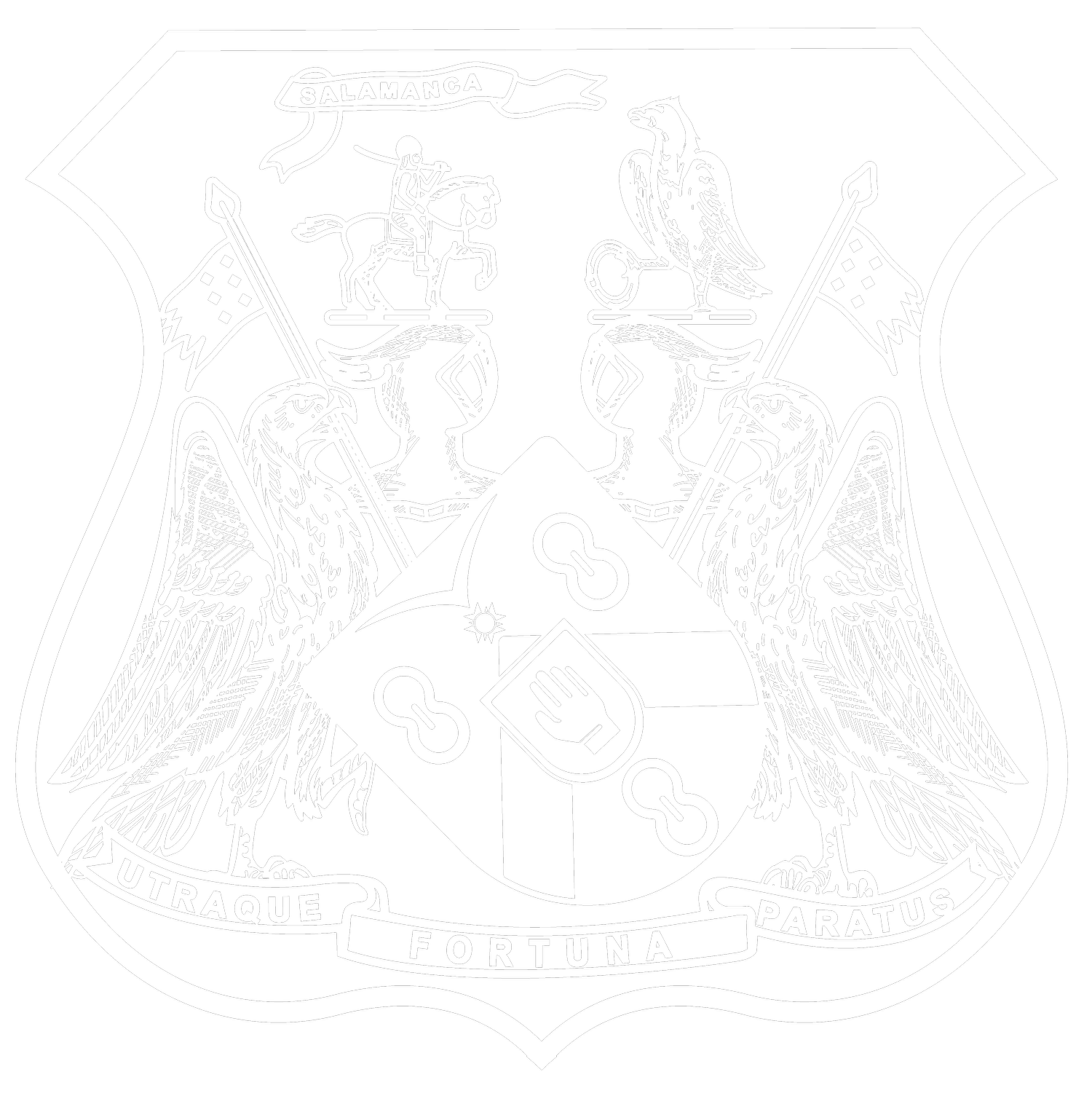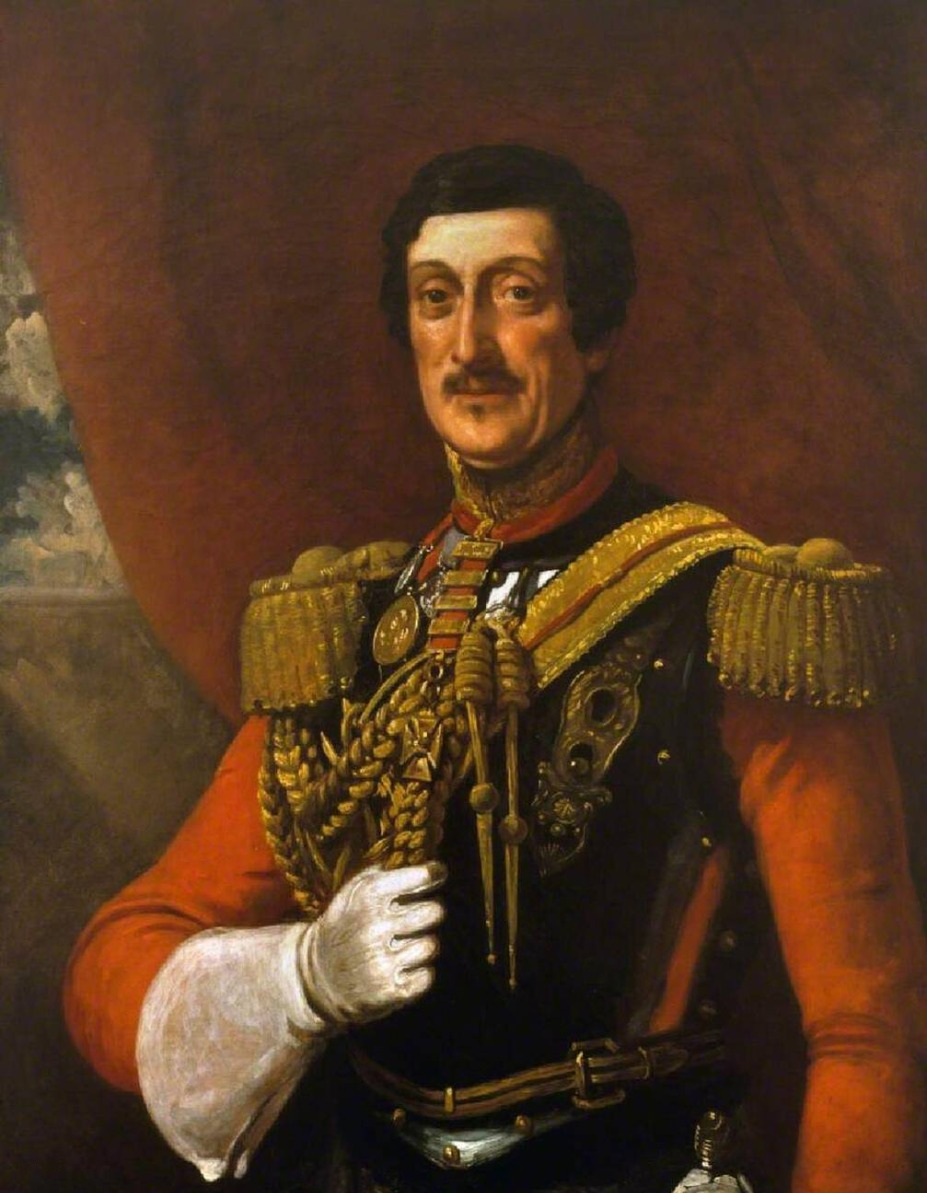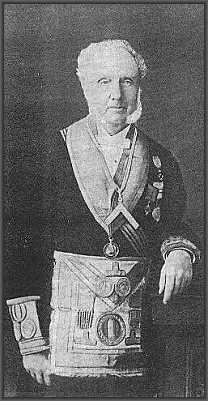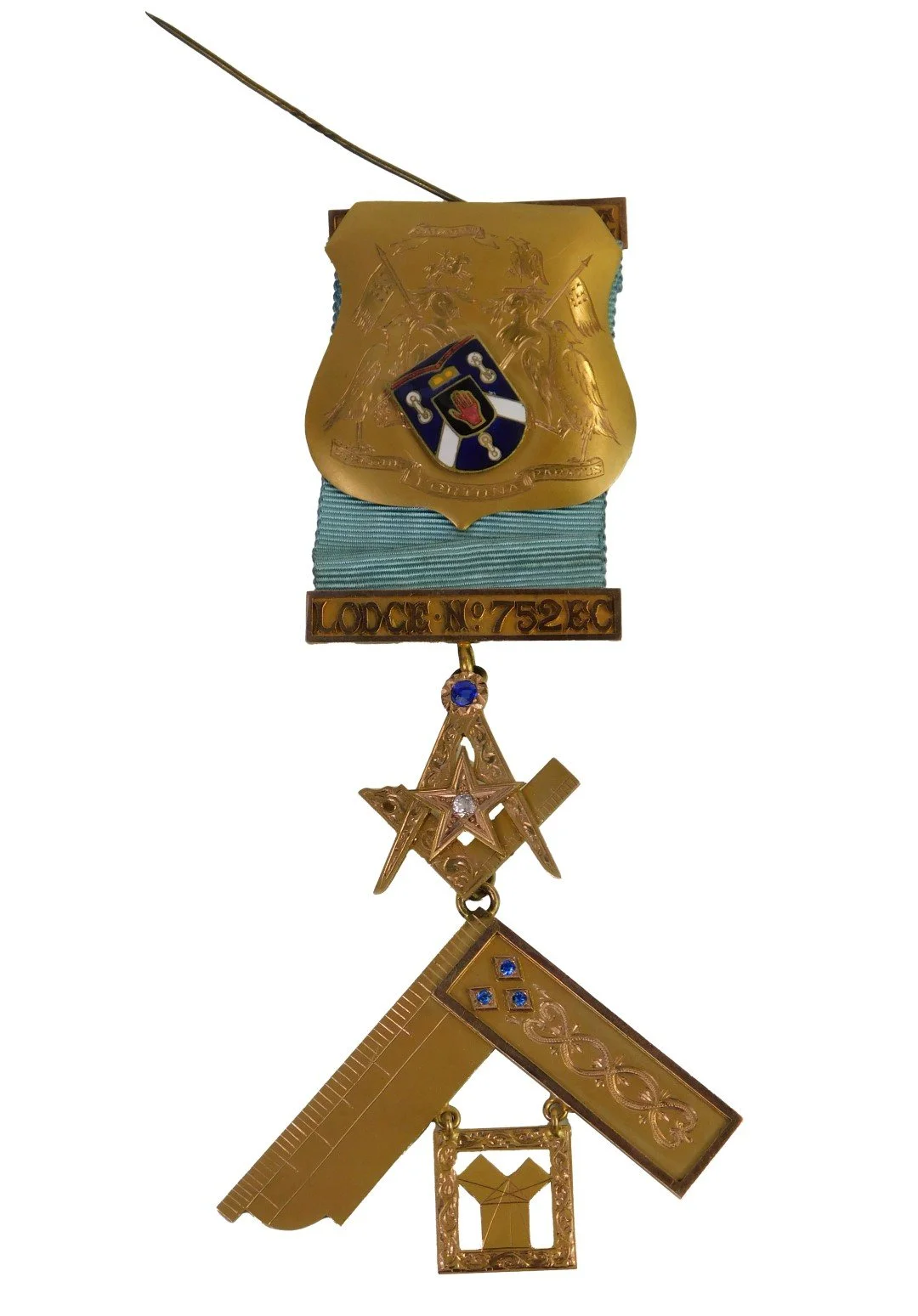
Our History
Combermere Lodge No. 752 – A Proud Masonic Tradition Since 1858
Combermere Lodge No. 752 is one of Victoria’s most historic Masonic Lodges, tracing its heritage to 1858 in East Collingwood. Founded by Joseph John Moody, a seasoned Freemason and civic leader, the Lodge was named in honour of Field Marshal Viscount Combermere, a decorated military commander and distinguished Freemason.
The Lodge was first convened at the Earl of Zetland Hotel in Collingwood under the English Constitution. It has since maintained a continuous link with the United Grand Lodge of England, even during the formation of the United Grand Lodge of Victoria in 1889.
Architectural Splendour & Masonic Prestige
The original Lodge room was a sight to behold—panelled in oak with Corinthian cornices, a canopy of blue and white damask, and ornate Master and Warden chairs styled after Palladio and Scamozzi. These surroundings reflected not only the reverence of Masonic ritual, but the artistic and architectural pride of the era.
Combermere Lodge quickly became a leading Lodge in Melbourne, attracting members who were pioneers of Victoria’s civic and cultural life. These included prominent architects, musicians, engineers, judges, medical professionals, and even Governors.
Loyal to Principle
Combermere Lodge was one of only three Lodges in Victoria that declined to join the United Grand Lodge of Victoria in 1889. This decision was made not out of dissent, but loyalty—to preserve a direct connection to the English Constitution. The Lodge's integrity was later recognised when Sir William Clarke, the first Grand Master of the United Grand Lodge of Victoria and a former member, personally denied permission for the name “Combermere” to be used by another Lodge under the United Grand Lodge of Victoria.
Legacy of Service
Throughout its history, Combermere Lodge has contributed generously to community causes—from early charitable aid to hospitals and orphanages to the shipment of 1,500 food parcels to Britain during WWII. Its members have played an active role in shaping Victoria, from law and government to the arts and sciences.
Notably, many families have held multiple generations in the Lodge—creating a genuine sense of brotherhood that spans decades.
Viscount Combermere
The Distinguished Namesake of Our Lodge
Field Marshal Viscount Combermere (1773–1865), born Stapleton Cotton, was a decorated British military commander, colonial governor, and committed Freemason. His leadership and Masonic legacy inspired the naming of Combermere Lodge No. 752.
Military Legacy
Viscount Combermere's military career spanned across:
India – Played a key role in campaigns against Tipu Sultan, including the Battle of Mallavelly and the Siege of Seringapatam (1799)
Peninsular War – Led the allied cavalry under the Duke of Wellington at Talavera, Fuentes d’Onoro, and Salamanca (1807–1814)
India (again) – Captured the supposedly impregnable Fortress of Bhurtpore (1826), securing British dominance
He was made a Field Marshal, awarded multiple honours (G.C.B., G.C.H., K.F., etc.), and served as Constable of the Tower of London.
Masonic Legacy
Viscount Combermere was:
Initiated, passed, and raised in Star in the East Lodge No. 69 EC, Calcutta
Installed as Master of the Lodge in 1830 (resigned before returning to England)
Appointed Provincial Grand Master of Cheshire in 1830, a position he held until his death in 1865
His connection to the Lodge was personal—RWBro. J.J. Moody, our founding Master, had served under Combermere as his Provincial Junior Grand Warden in Cheshire. This honourable link inspired the Lodge's name.
Heraldry & Motto
Viscount Combermere granted the Lodge permission to use his Coat of Arms, elements of which are still incorporated into our Past Master’s jewels and official Lodge emblem.
Motto: “Utraque Fortuna Paratus” — Prepared in all circumstances
Joseph John Moody
Foundation Master of Combermere Lodge No. 752
Right Worshipful Brother Joseph John Moody was the Foundation Worshipful Master of Combermere Lodge, a man whose contributions to Freemasonry and public service have left a lasting legacy in Victoria.
Moody arrived in the Colony in 1852, appointed to become the first Town Clerk of the Municipality of East Collingwood—the first municipal government established outside Melbourne. He formally took office in 1855, the year the municipality was officially proclaimed.
Before emigrating, Moody had already built a distinguished record in local government in England, serving as Shire Clerk in the County of Lincolnshire. He also brought with him significant Masonic credentials, such as:
Past Provincial Grand Deacon (Lincolnshire)
Past Provincial Junior Grand Warden (Cheshire)
In that latter capacity, he worked directly under Lord Combermere, then District Grand Master of Cheshire—a connection that ultimately inspired the naming of our Lodge.
A Past Master of Lodge Unity No. 403 (Cheshire), Virtue No. 177 (Lincolnshire), and Lodge Lindsay No. 602, Moody continued his active Masonic journey in Victoria, affiliating with Australia Felix Lodge No. 697 EC (now No. 1 VC) and Lodge of Australasia No. 776 EC. He served as Master of Australia Felix Lodge for three consecutive years from 1853 to 1855.
Visionary for Masonic Benevolence
In 1862, the Victorian Government appointed Moody as the first Chairman of the Charities Committee, a body that would evolve into today’s Hospital and Charities Commission. His vision extended even further: in 1863, he successfully advocated for a home for “aged and decayed Freemasons”. This led to a Colonial Land Grant at Punt Road, South Yarra—five acres set aside by an Act of Parliament in 1864.
By 1867, the land was ready to be enclosed, and representatives of the English, Scottish, and Irish Constitutions came together to dedicate the site and lay the foundations of the first cottages.
Moody also served as District Grand Warden and later Installing Warden of the District Grand Lodge of Victoria (EC), underscoring his continued leadership and esteem among his brethren.
His Final Tribute
On 25 August 1881, a Lodge of Sorrow was held by Lodge Combermere No. 1795 EC (later No. 61 UGL of NSW) in honour of their founding Master. His legacy as a civic leader, Masonic visionary, and charitable pioneer lives on in the enduring traditions of Combermere Lodge.
Sir William John Clarke
First Grand Master of the United Grand Lodge of Victoria
Member of Combermere Lodge No. 752
Sir William John Clarke (1831–1897) was one of the most influential Freemasons in Australian history and a notable member of Combermere Lodge No. 752. He was first proposed and balloted for membership on 18 October 1883, while holding the position of District Grand Master under the Irish Constitution (D.G.M.I.C.). Though he resigned in September 1885, he returned as a re-joining member in 1888, reaffirming his strong connection to the Lodge.
Founding Grand Master of a New Era
When the United Grand Lodge of Victoria (UGLV) was established in 1889, Sir William was installed as its inaugural Grand Master—a role that shaped the trajectory of Freemasonry in Victoria for generations. His leadership during this pivotal transition brought unity, structure, and recognition to the emerging Masonic landscape.
Sir William remained a member of Combermere Lodge until his passing in 1897. Although Lodge records list two dates (15 April and 15 May), his contribution to Freemasonry in Victoria is beyond dispute.
A Lasting Legacy
Clarke’s significance extended far beyond ritual and ceremony. His commitment to uniting the English, Irish, and Scottish Masonic traditions under one Grand Lodge was a bold and unifying act, still honoured to this day.
His association with Combermere Lodge reinforces our place in Victorian Masonic history—not only as a Lodge of tradition, but one central to the very formation of our state’s Masonic identity.
The Combermere Jewel
A Legacy in Gold and Heraldry
One of the most distinctive elements of Combermere Lodge is our Past Master’s Jewel, which proudly bears the Coat of Arms of Viscount Combermere.
This honour is no mere affectation—it was granted by special bequest from Viscount Combermere himself, who permitted the Lodge to use his heraldic crest as part of its official insignia. The jewel is a living connection to our Lodge’s founding inspiration and to one of England’s most illustrious Freemasons.
Symbolism of the Arms
As described by WBro. William Burston in 1913, the Coat of Arms is rich in both heraldic and Masonic symbolism:
A small azure shield displays three bales of cotton—symbolic of the family name ‘Cotton’.
At the centre is a red open hand, signifying Baronet’s badge of the red hand of Ulster.
To one side: a falcon with wings expanded, clutching a belt in its claw.
To the other: a cavalry officer of the 3rd Light Dragoons in full charge atributed to Combermere for his role in the Battle of Salamanca.
Above them, a scroll bears the word “Salamanca” in gold lettering.
Two falcons serve as supporters, each carrying spears and flowing standards.
Beneath it all is the family motto:
“Utraque Fortuna Paratus” — Prepared in all circumstances
Worn with Honour
Each Combermere Lodge Past Master is presented with this jewel in recognition of their service. It is not just a mark of office—it is a badge of heritage and honour, connecting each Master with the legacy of Viscount Combermere and the long lineage of leadership within our Lodge.




